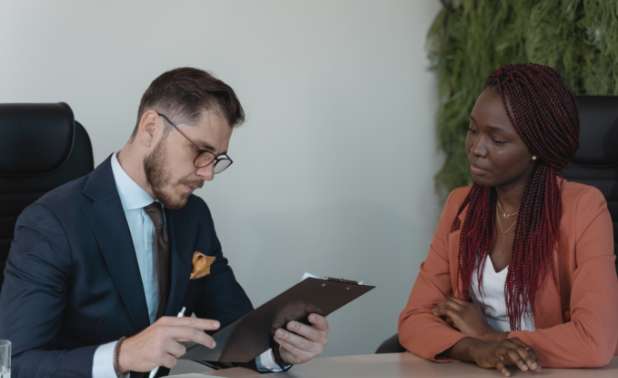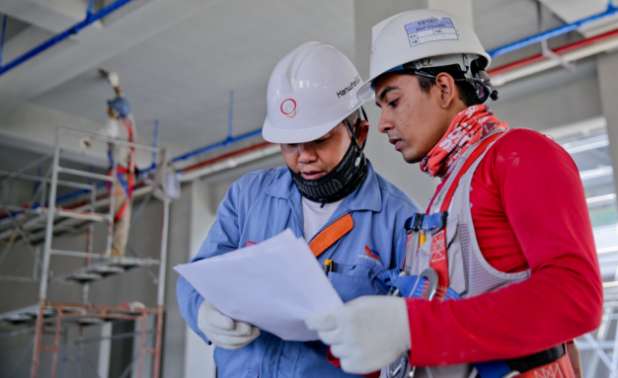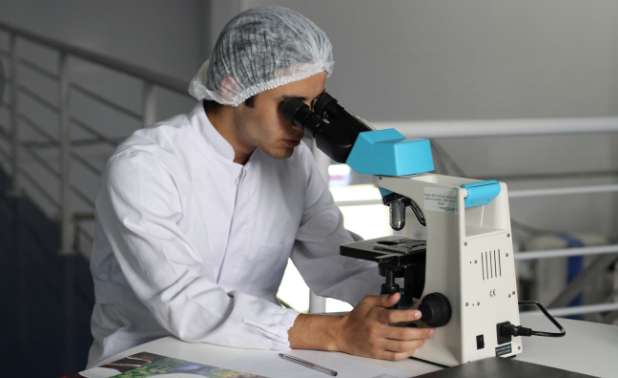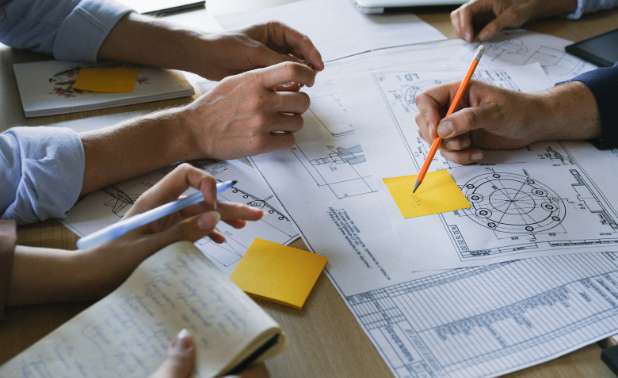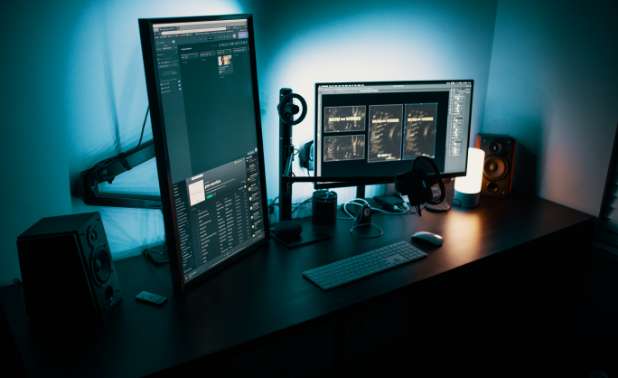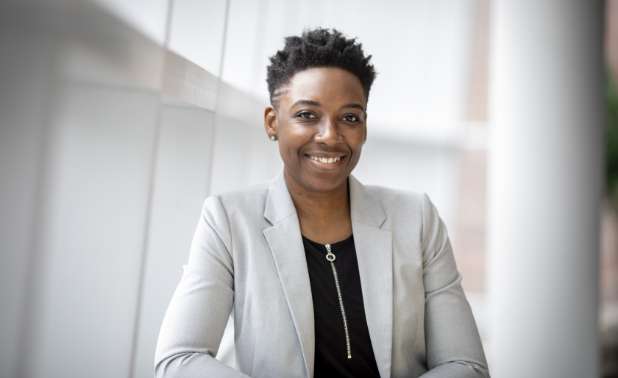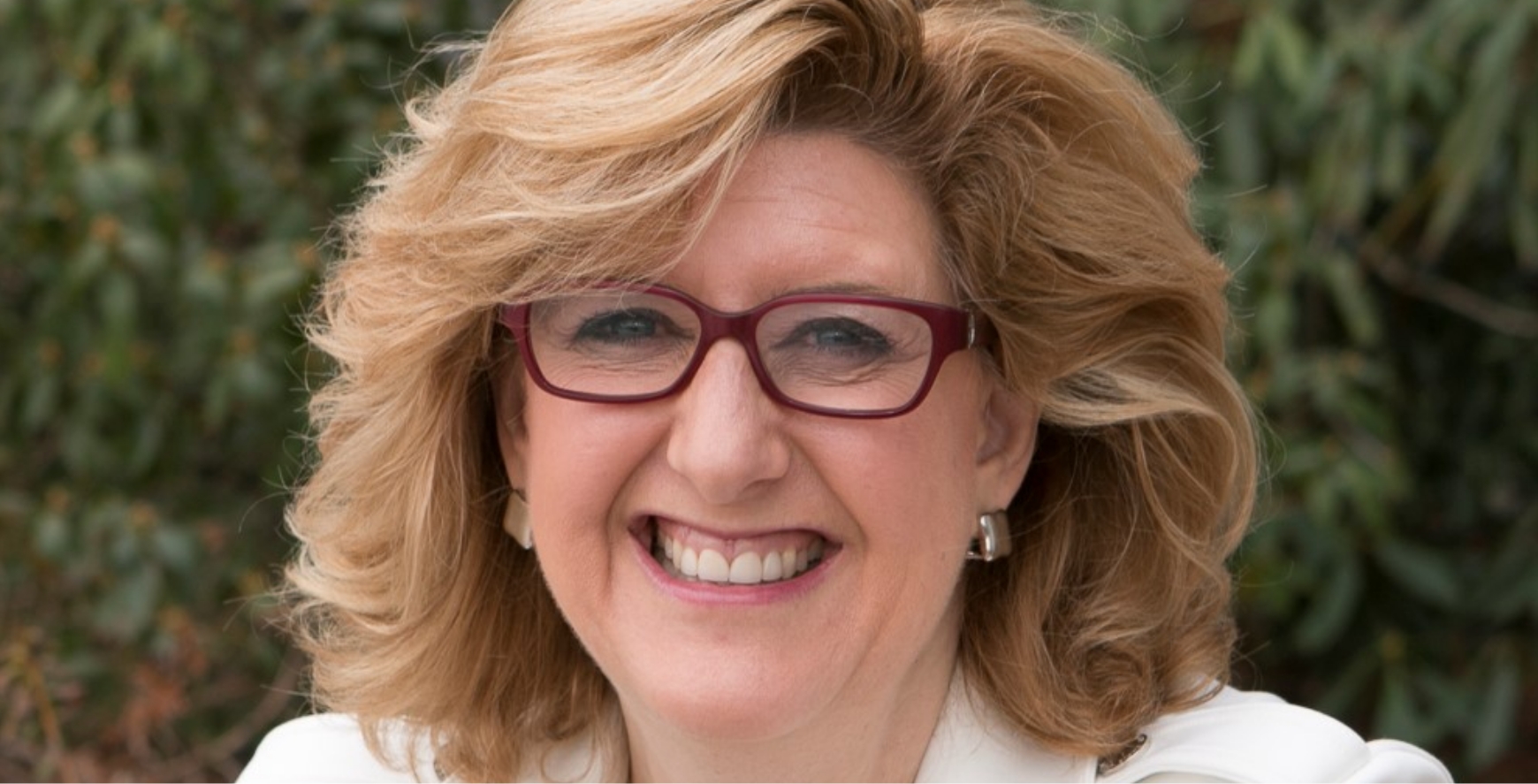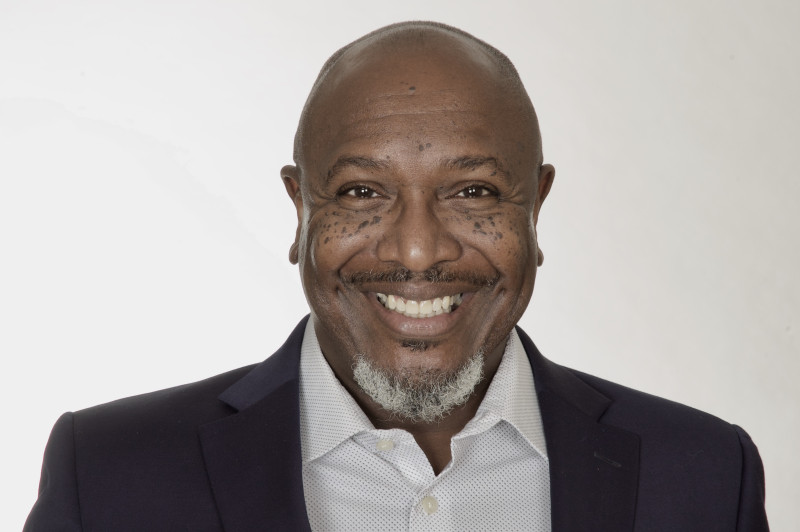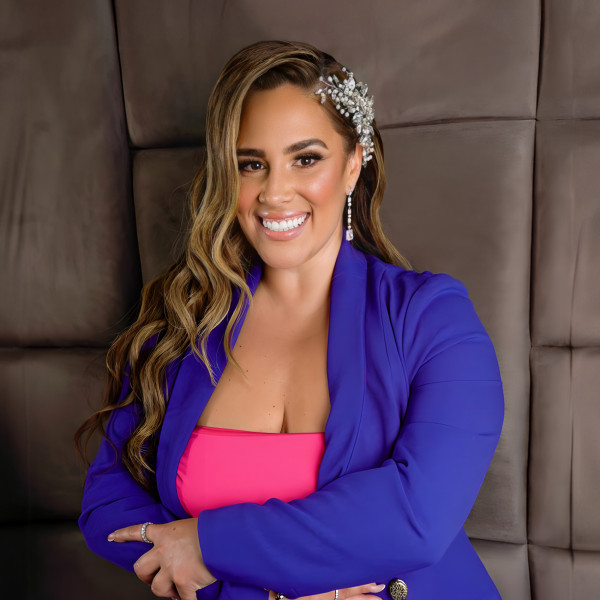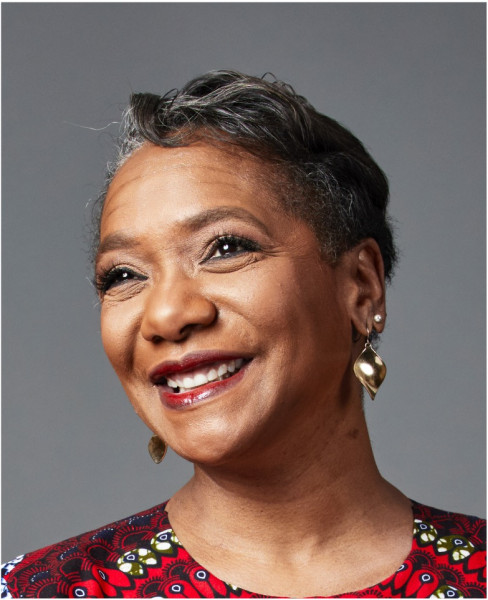Kamela Forbes:
Welcome to But First, People, a podcast brought to you by Pride Global. I’m your host, Kamela Forbes, the global head of diversity, equity and inclusion here at Pride Global. Along with my colleagues, on this podcast, we’ll dive into everything from diversity, equity, and inclusion to service and staffing in the human capital industry and so much more. Join us as we sit down with industry experts to hear their stories.
Hello, and thank you for joining us again for another episode of But First, People. Today, I have the pleasure of having as my guest Alyssa Dver. Alyssa leads the American Confidence Institute, as well as the ERG Leadership Alliance, also known as ELA, the largest association of employee resource group champions. She’s a two-time TEDx and Boston Best Speaker, a seven-time award-winning author, a Thrive Global contributor, and has been awarded a Stevie Award for achievement in thought leadership.
Well, with that long list of accomplishments, I am super excited to get started our chat with Alyssa.
All right, good morning, Alyssa. I am super excited for us to be here today. I know I did give you a little warning of this, but one of the things, my signature way to start off my podcast is by singing a song. And the reason is that we have this tradition here at Pride Global, that every Monday morning, we have our all-hands meeting, and every new employee that joins the company on a Monday morning gets the great chance to sing.
They are all asked to sing at least 30 seconds of a clip of a song they like, and I think it’s just a great way to let people welcome you to the family, almost to say, "Hey, you could just be you.” We accept you with your imperfections if you can’t sing, or your talents if you can sing. And it’s just a way to be authentic, be yourself. Let us get to know a little bit about you and who you are and your personality. And so that’s exactly what we’re going to do here today to kick this podcast off. So what song would you like to sing for us today?
Alyssa Dver:
You know, “Let It Be” has this spectacular second verse, and probably everyone knows the song but may not know the second verse. So as we’re playing it, I want people to sing in their head with us, but it starts with the lyric of the second verse—goes like this: “And when the broken hearted people living in the world agree, there will be an answer. Let it be. For though they may be parted, there is still a chance that they will see, there will be an answer, let it be.” So we’re going to do that and do one round of the chorus. And I’m sure everybody knows. So you ready to rock this with me?
Kamela Forbes:
All right. Let’s do it.
Alyssa Dver:
(Singing “Let it Be,” originally by The Beatles.)
Kamela Forbes:
Wow. I love it. Love it, love it. And like you said, the words couldn’t be any more pertinent to what we’re going through in the world today. And we’re going to dive into all the nitty-gritty of employee resource groups and how they bring about inclusion in the workplace and the world in general.
So, I guess with that, let’s dive in. Alyssa, the thing is there are all kind of different names for ERGs, but can you really break down some of the differences between an affinity group, an ERG, or a BRG, and what do the acronyms stand for?
Alyssa Dver:
So ERG—employee resource group is kind of the mother term, right? That’s the one that most people at least identify, I’d say it’s like Castilian. It’s the one that people go, "Yeah, we are one of those."
But BRG—business resource group—is often used to reinforce the fact that these groups have to somehow, some way, support the business. Personally, that bugs me a little, because I think these groups are, yes, tied to the business, but if you take the employee centricity out of it, I’m not so sure that creates that real sense of belonging.
Affinity groups often are more interest groups. They’re more loosely organized, typically not as well funded, but I say typically, and there’s no such thing as typical in this vernacular. There are companies that will use the word affinity groups and they really operate just like any ERG or BRG.
Employee networks, colleague resource groups, associate resource groups—there are probably about 30, now, terms that I’ve heard, and they’re somewhat interchangeable. And what I mean by that is just because one group calls it a business resource group, another organization might use the same term and treat them very differently.
So, my advice to every organization—groups now are really reevaluating what to call their groups. It’s fascinating what’s happening. Because they want to get affiliated with the business, but they don’t want to lose the beauty of what these things are meant to do, which is bring employees together. Pick the term, pick the name, the category that fits the culture of your company. And there isn’t a wrong answer. What’s wrong is not having a name and not having some governance so that these groups can thrive. So the name—yes, important, but doesn’t always necessarily have to be the end-all-be to the success of the plan and the program.
Kamela Forbes:
We could talk about ERGs—really, I guess one of the main focuses should be on inclusion, but there’s also benefits to helping with attraction. There’s being able to help with retention. So, can you talk about what some of those benefits are, and maybe how they are able to attract, and retain, and make the employees feel like they belong?
Alyssa Dver:
Well, there’s corporate- or organizational-level benefit in some of the ones you just mentioned, right? The ability to attract diverse talent, the ability to retain and engage it, the ability to pull innovative ideas and provide better customer support for those particular demographics. Absolutely. But those, for the most part benefit the company or the organization, right?
For the individual there’s tremendous value—and things like being able to learn leadership in a real-world scenario, right? You can put people through classes on leadership until they’re blue in the face. They’re not necessarily going to be a great leader. You don’t learn that way period, let alone leadership.
So being an ERG leader—even if you’re just leading one of the committees—it’s a tremendous opportunity to get that experience. It’s a tremendous opportunity to connect with people that not only will become your friends because you share obviously common interests, but you get the opportunity to interact with people you never would at work at different levels, particularly executive, even C-suite levels. There’s not only executive sponsors that get involved, but in some companies the CEO invites the ERG leadership in on a periodic basis to give a report. I mean, where would you get that opportunity if you’re a 20 something, 30 something year old professional? I mean, that is just tremendous. So all that.
And I think one of the biggest benefits, particularly these days, is that coaching, mentoring, career direction, professional development—you can call it whatever you want, but the ability for the members, the leaders to get in there and really learn things that otherwise, you know, these days it’s hard! HR is being pulled in a thousand directions. Learning and development, bless their heart, they’re trying their best, particularly in a virtual environment. But ERGs offer this kind of programming, they offer this kind of support. It’s just part of the DNA of why they exist.
Kamela Forbes:
Yeah, that’s interesting. So I guess tell me, how do you know so much about ERGs, and what’s your why for doing this work?
Alyssa Dver:
Thank you for asking that. Because my day job—as we say in the ERG world, you have a day job and a passion job—my day job is running the American Confidence Institute. I’ve been doing that for over a decade, and we study brain-science-based ways that help people to think and behave more confidently. And in doing that, I kept getting asked to come to ERGs to present, to do workshops and keynotes. And I’m a professional speaker. So for me, it’s just pure joy, not just speaking, but being able to speak to ERG populations, it was just making me so happy.
But then I got exposed to a little bit of their disorganization. I would go from one company to the next and sit down, even in the same industry, the women’s group in one or the women’s group in another, or the Black ERG in one, the Black ERG in another. And it didn’t matter where they were located, the size—there was no consistency. There was no sustainability. And so, you’d have a leadership team that was really strong, for example, one year, and the next year, all of a sudden that ERG would go away.
And I was like, that’s ridiculous. It’s just silly. And on top of it, seeing the need to really give diverse populations—and I hate using the word protected classes or underserved. To me, it gives me the heebie-jeebies—but anybody who feels like they’re not getting enough from their employer, which is pretty much everyone, this was an opportunity to raise the ships, all of them, without putting extra burden and load in the corporate attention span, or lack thereof. So for me, I thought, look, if we can empower the ERGs, their leaders, their members? Everybody wins. And if I’m a confidence crusader, which I claim to be, this was the obvious place to do it with the most impact.
Kamela Forbes:
Sometimes you need a safe space, and sometimes you want that to be with people who identify with that particular demographic. When there are people outside of that, maybe that doesn’t create a safer space because you feel like they haven’t gone through that experience that you might be needing to talk about at that time.
How do you balance that? Is that exclusive, if you have certain meetings that are more “safe space” and only of the same people that are of that demographic, or is it that it always just needs to be open to everybody?
Alyssa Dver:
The ERG space—DEI as a whole—is filled with these, I would say almost paradoxes. There’s not a right answer, and in some cases they almost look like apparent contradictions. And you just pointed to one of them, which is we want to have people feel like they belong, but when you create a segregation—I hate to use that word in a negative way, it’s not—it’s an identification of whatever that demographic is. You, kind of, in a way also create exclusivity, right?
You’re absolutely right. And during the Black Life Matter’s peak, around George Floyd’s murder, we were talking a lot with our ERG leaders. They were really struggling with how to make appropriate statements, whether they were from the Black ERGs or other ones—how do we support? How do we support our members? How do we support other ERGs? There was all this kind of intersectionality conversation as well.
One of the things that came really out of it from our Black ERG leaders was they were like, "We’re tired of educating—go learn this on your own, leave us alone. We need to process and we need to be together." And so there are times—and it doesn’t matter what your demographic is, it doesn’t matter if it’s even across a diversity line—that you need that connection, that you need that sense of trust and ability to be vulnerable in a way that is not going to risk your job.
And subsequently, those “brave” versus “safe” spaces become really important—for an ERG to delineate which is what, and to create both for the sake of conversations with or without allies, with or without their executive sponsors in this case, with or without even people who may be members that don’t feel the same way that other members do. There has been a rise in obviously activism, and not every ERG member is there for that reason. They don’t necessarily want to be as vocal and, let’s say, aggressive in some cases as others. So even that sometimes needs to be a safe space within the membership, within the demographic. So, I think the ERG leaders have a very large responsibility to keep their ears to the ground with their members and really understand what they need—and which spaces are denoted “safe” versus “brave.”
Kamela Forbes:
Yeah. And I think, like you said, with everybody knowing that from the beginning, maybe, is setting that up, that there are going to be opportunities and times when we want to have this as a brave space, and times when we need to have this as a safe space. So great points there.
A lot of this programming that comes out of the ERG to help with equity programming, just kind of inclusive programming—a big part of this, like you mentioned about your friends saying, "Why are you even getting involved? They don’t seem to be doing much. They’ve been around for years." A big part of that is about budgets and being able to finance these types of programs. What are some of the ways that ERGs could get financed if they don’t just have budgets? How do they go to fight for budgets for things that they need to get done?
Alyssa Dver:
Well, the great news is that budgets are getting much better. Three, four years ago, there was no such thing, really, as a program manager. They get called all different things. But these are the people that are now full-time, paid, part of (usually) the DEI staff that are overseeing all the ERGs. That role didn’t exist. We couldn’t find any. Now we have about a hundred of them in one of our programs alone. I mean, they’re almost at every large company. And that’s a budgeted position. That’s a big difference. Training—again, ELA, the organization that I chair, almost every training session’s packed now. That didn’t happen a year or two ago.
So, there is money. Let’s just be clear that not every organization has a lot. Some may have none. But there’s a lot more money flowing in this space. I hope, I pray, literally “let it be,” that this is not something that’s a temporary fix in people’s heads!
But at the same time, whatever the door, however it opened, people are rushing in, they’re getting trained, they’re getting empowered. They’re getting these programs out to the members as well, which are by and large professional development, leadership development, coaching, mentoring, some of the things we talked about.
In some cases where there’s no money, there’s still a lot that can be done. You have your own employee base, executives in the company that have experience that will come and discuss a particular leadership thing that, maybe, they’ve learned. So you have lots and lots of resources around you. You have to just sit back and think about who’s there and what can you leverage.
Some organizations even ask members to pay. Now, if you’re a municipality, you cannot give money to an ERG. You actually make it dues-based, almost like a labor union. So this is not a model that’s preposterous. It’s been actually used in a lot of cases. I’m not saying I love it. I don’t like the idea of asking an employee to pay, but for particular events or things that you really want—you want to do a paint night, you want to bring in a particular speaker? It’s not preposterous to think about that, to at least ask your members how they feel about it.
We did a program—we have some free events almost every week—and we just did a program this week and I loved it because it was all about charity-giving circles. And it costs $0 to set one of those up. And it’s a way to get the ERG members together to focus on a particular community outreach or charity that they want to support. It’s almost like a Girl Scout cookie kind of thing. We all go and we say, "We’re going to go do this together." But it costs nothing to do. There’s no calories either!
There are a lot of ways that you can rally programming, ask your members what they want to do. Figure it out, figure out the resources. You don’t have to spend a lot of money.
Kamela Forbes:
Well that’s good. Different ways to be creative, because obviously different organizations have different budgets. But one thing that is in common is that, I think, if they do get funding, whether they do or not—leadership is probably looking for some kind of way to track the success of an ERG. So what kind of metrics would you say ERG should be tracking, and why is it important for them to make sure that they’re tracking data?
Alyssa Dver:
Yeah, no, metrics is one of the top topics we talk about all the time, both at the program and ERG level. So there’s two kinds of metrics, if I can kind of bucket them for clarity:
There’s ERG activity metrics, and those are things like, how many people are on the ERG mailing list, how many people are actually showing up for events, how many are showing up for more than one event? So a little bit of retention and reengagement metric there. There are other things that you can be measuring at the individual ERG level—like, even if you have a Slack channel, certain kind of communication, how active is that? How many questions per week? Again, not to be too creative, but you have, sometimes, data right in front of you. You just have to think about what are we showing in terms of the success of the ERG.
The other types of metrics, I call “DEI alignment” metrics. So, if you have pillars, for example, for community engagement, or you have pillars for professional development, and/or retention, recruitment, and so forth—the ability to tie the ERG’s existence and activity to meeting those goals, that’s the holy grail. It’s a lot harder. It becomes challenging, because now we have to tap into the HR data, whether it’s in a system or otherwise—the privacy, the control of the data, you get into a lot of those issues. And the proof that you brought in x, y, or z number of that particular demographic because you have that ERG is a little bit of a stretch in many cases.
I will tell you that the best data, often, is the qualitative data. And the reason I say that is a story about one of your members getting a promotion, a raise. In one case, I interviewed State Street at our first symposia, and they went on and on and on—State Street’s had ERGs for at least 30 years, maybe 40 years. One of their favorite stories is one of their members got this magnificent scholarship at a university to do her MBA, and she was absolutely trumpeting the support she got from the ERG—enabled her to get that scholarship. And so that’s all they could talk about. I mean, for them, their metrics—and that’s a data-driven organization like nobody’s business—they were like, "That’s true success."
So don’t belittle the qualitative, ad hoc stories. And I always encourage ERG leaders—make it your routine every month, every quarter, to go and survey your members and see what kinds of things they’re doing. Because a promotion, a raise, a scholarship—something like that is almost as valuable as saying, "Oh yeah, we brought in 10 more people who have Asian background." What does that really mean? And how do you prove that it’s because you have an Asian ERG? Which again, we could get into the details of those connections, but it’s a long stretch to prove that.
Kamela Forbes:
Ah, yeah. Well, one of the things—I think it just seems like there’s just so much that goes into this!—but I guess, what kind of advice would you give to folks that don’t have ERGs yet and may be wanting to start them? And how might that be different for a very small company that would only have a handful of any particular demographic, versus a mid-size or a large company wanting to get started with a new ERG?
Alyssa Dver:
I almost fell out of my chair last week, we got a call from an organization. They actually provide training for veterans to get into corporate jobs. That’s their sole mission. They don’t have a veteran ERG, funny enough, but they do have an ERG. What’s really interesting about this company is there’s only 30 employees. There’s another organization down in Dallas, the Dallas Convention Bureau. They worked with us little bit on the symposium. That’s how I got to know them. They have about a dozen employers, maybe 20 employees. They have an ERG, it’s a multicultural ERG.
So, the size doesn’t matter. I know that’s profound to say in every way! And sometimes the bigger organizations have a harder time because of all the layers of politics or history or whatever. We have a lot of organizations that are rejuvenating, I don’t know a better word to use, their ERGs that have been around for a long time. They’re really restructuring them. They’re trying to come in and basically impose—again, I’ll pick my word very carefully—impose governance. A lot of the ERGs are pushing back saying, "Hey, we’ve been around for 20, 30 years. We don’t need your help." And the organization’s saying, "Well, if you want our money, you’re going to do it our way." Right?
So, there’s a little bit of that going on, but a lot of reformation going on. In order to get started, there are lots of things—and I don’t want to spend 20 minutes explaining all the steps. Suffice to say, there’s two resources I want to point people to—one on our website, we have the ERG Progression Assessment. It tells you exactly where your ERG is. And if you don’t have one yet, take it anyway, because the report that it’s going to send you will show you the roadmap, and it shows you, literally, the steps that you need to take. And it’s totally free.
It is built into the ERG Handbook, which my vice chair, Amiee Broadhurst, published last year. And it’s a little bit of a quasi-Bible to ERGs and how to get them started, how to grow them, how to expand them. And I would highly recommend. It’s on Amazon, and that’s another really great resource.
At the ELA, the ERG Leadership Alliance, we have all kinds of events—as I mentioned, free events all the time. We’ve got all kinds of resources for every stage, but particularly in the launch stage. I will say that whole space is changing so much right now. The application process for ERGs, for leaders, for executive sponsors, for allies—all of that is in such a set of dynamic, it’s very exciting, change that can be plugged in, and be willing to define what works for you today in a way that you can be agile. Because I do think we’re going to see a lot of best practices over the next 12 to 24 months.
Kamela Forbes:
Those are some great resources. I must say, both myself and my team have the books and the workshop books. And they’ve been super helpful. So really great resource.
As we finish up here, my last question to you is, I heard you say—against the better advice of your friends—saying, "Why are you even bothering?" You are charging ahead and really delving deep into ERGs, and helping companies to really make sure that they’re using these ERGs as tools for inclusion, ultimately retention and attraction. What do you want your legacy to be?
Alyssa Dver:
That’s a big question, but it’s actually easy. I get up every single morning and say, "How can I bring more confidence to the world?" And as I said earlier, when I saw that ERGs had the potential and promise to give confidence to people that were routinely raped of it—and again, I’m very much a word person, so I’m picking my words very deliberately here. I do believe confidence is not only everyone’s right, but neurologically and definitionally—the book that I last wrote, my seventh book is called Confidence is a Choice. We just don’t get taught it. And in a lot of cases, people go out of their way to take it away from us, to take that choice away.
So, my justice streak, my success-equalization need, is filled by helping the ERGs and their members and their leaders. And my business background—I was a chief marketing officer for tech companies for years. I went to business school and all that, and I thought, I can use that knowledge, in a way to help these leaders—in particular program leaders and leaders of individual ERGs—to run these groups as associations, as businesses within the business, if you will.
And I thought, what a great opportunity. I cannot not do this. This has to be something that gets done, and I think I have the tools. I am not the ERG expert. Amiee, as I mentioned, brought her expertise. And now we have 22,000 people in our community that bring their expertise every day. So my job is to bring them together, to capture these best practices, and to bring forward the confidence, that is what gets me out of bed every single day.
Kamela Forbes:
That’s amazing. And I guess that’s one of the answers, right? Confidence. So we could say, we could “let it be?”
Alyssa Dver:
Definitely let it be! I guess I would close this conversation with: if the world focused on giving everybody more confidence and not taking it away from each other, yeah. That’s the answer.
Kamela Forbes:
Well, I think that’s a way to wrap it. I mean, we have the answer to one of the biggest questions!
So Alyssa, thank you so much for your time, for your expertise. Sharing that with our audience today is invaluable, and I hope everybody walks away from here with some knowledge, some inspiration. And again, can’t thank you enough.
Alyssa Dver:
Thank you.
Kamela Forbes:
Alyssa, thank you so much for joining us on this episode. I thank you for sharing your expertise and your insights on DE&I and everything about ERGs.
If any of you have any questions for Alyssa or myself, please tweet us @prideglobal with the hashtag #butfirstpeople, or you can feel free to email us at butfirstpeople@prideglobal.com. And, of course, don’t forget to like, share, rate and subscribe to the podcast.
Have a wonderful day and see you next time on But First, People.


